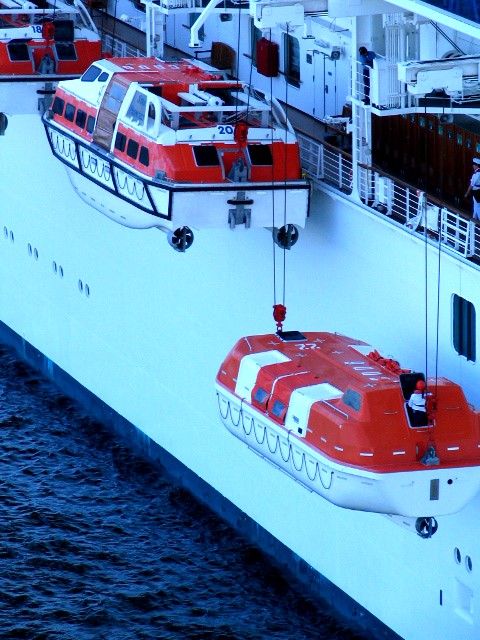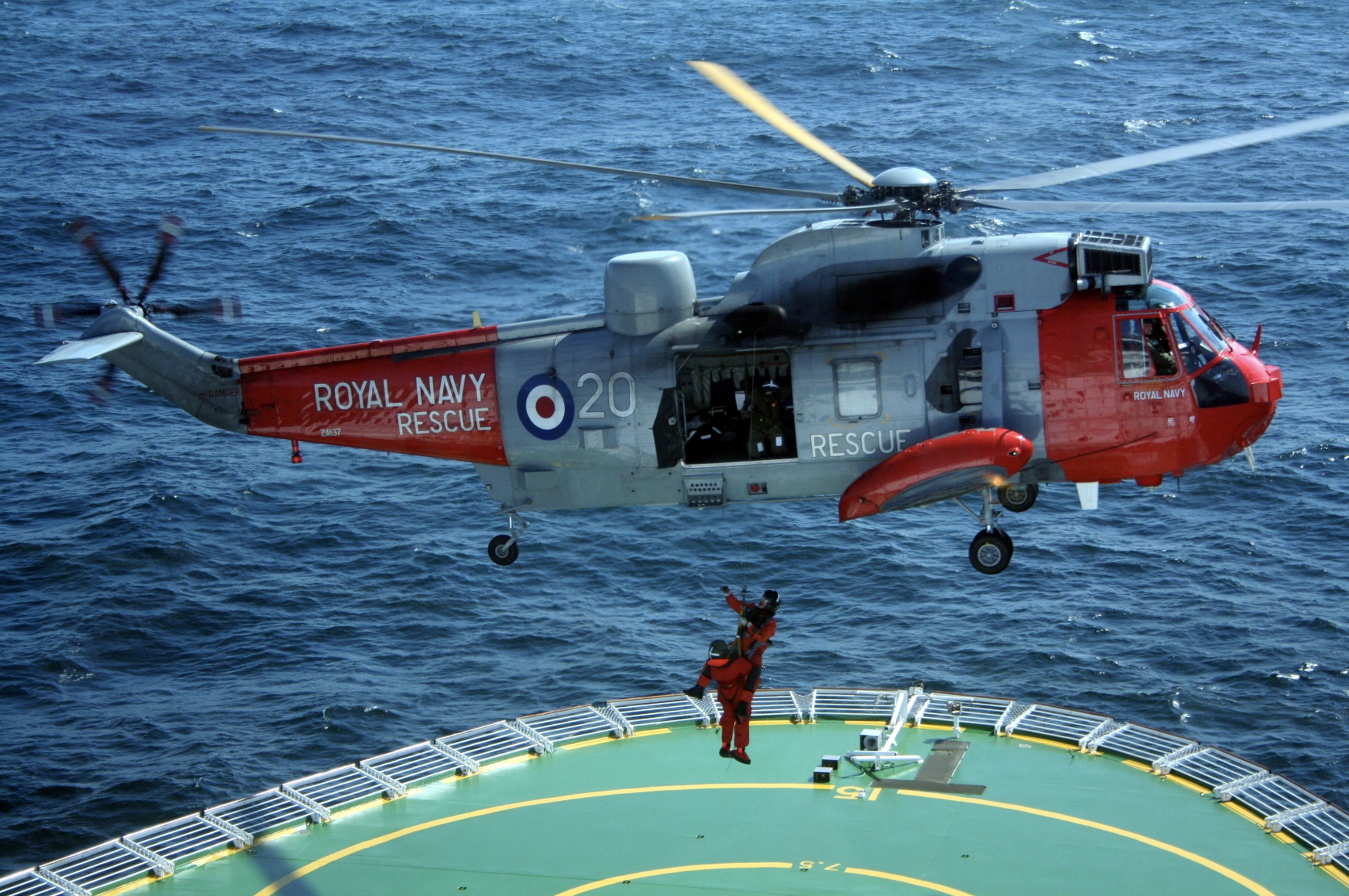YOUR NEW WORKPLACE
The Medical Team
The typical shipboard medical team consists of a Senior Doctor, a Doctor, a Senior Nurse, two to three Nurses and on some ships, two Paramedics. Patients may present with a wide array of illnesses or injuries requiring a range of treatment options from simple outpatient care to complex inpatient, ICU and trauma management. The teams work closely to ensure that solid, evidence-based medical care is provided at all times.
With broad experience and proven proficiency in emergency medicine, doctors and their team of nurses and paramedics are expected to manage acute medical emergencies, trauma patients and a diverse general practice case load. Special attention is given to crew health, public health and management of infectious diseases. As is the case on land, major disaster preparedness is of utmost importance. Regular drills ensure that all medical staff are familiar and competent in their roles should a situation arise.
The Senior Doctor is the most senior officer in the Medical Department on board. Together with the Senior Nurse they are responsible for managing the medical centre and medical staff. The Senior Doctor primarily consults passengers during clinics times, whereas the Doctor primarily consults with crew. On call responsibilities are shared between the doctors. As there are no laboratory technicians, radiographers, administrative staff or general assistants in the medical team, these duties are performed by the medical staff. Computer literacy is essential as many ships have electronic health records.
Paramedics or nurses act as first responders, triaging emergency calls, assessing and treating at scene, and packaging and transferring patients to the primary medical facility. Between receiving calls and retrievals, paramedics assist with clinics, inpatients and the general running of the medical centre. Through the use of specific patient group protocols, nurses practice autonomously whilst under the authority of doctors, assessing patients and providing appropriate treatment and advice
Medical Facilities
Every cruise ship has a purpose built medical centre designed to meet the healthcare needs of its cruising population. On-board medical care is provided for up to 5000 passengers and crew every day by a team of doctors, nurses and sometimes paramedics.
Medical facilities typically consist of separate passenger and crew reception and waiting areas, a triage area, doctors’ consultation rooms, a dispensary, an X-ray room, a laboratory and a treatment room equipped with operating table with lights, sterilizing equipment, surgical instruments, a slitlamp for ophthalmic examination, and supplies. The inpatient facilities in the medical centre consist of a central nursing area, two to three single-bed high care or intensive care beds and between one and three two-bed inpatient wards.
All team members need to be competent in managing complex cases that may require ventilation, defibrillation, external pacing, inotropic infusions and blood transfusions on board. The intensive care facilities provide diagnostic tools such as 12 lead ECG and central monitoring. All hospital wards have en-suite facilities. There is also a sluice and a hospital pantry, storage lockers and a mortuary. Other than minor surgical and orthopaedic procedures, no general surgery or obstetric care is performed on board. Portable resuscitation equipment, extrication devices and a variety of stretchers are provided for the first response team should urgent medical attention be required outside the medical centre.
Hours of work
Medical centres are typically open for routine office-hours consultations in the morning and in the late afternoon. Out of hours administrative work continues and calls for emergency medical attention are received 24 hours a day. When in port, “in-port manning” requires that a minimum of one doctor and one nurse and/or paramedic stay on board, and the rest of the medical staff are free to enjoy the day off in port between clinic times and once all administrative duties are completed.
All medical staff work every day of the week and some nights. A rotational on call system provides medical services 24/7 for the ship population while allowing adequate rest period

Training & Drills
New to sea Medical staff usually progress through a competency program that provides familiarity with emergency equipment and develops new abilities ranging from laboratory work through to X-Ray acquisition skills. Regular skills and practice training help to maintain existing abilities as well as developing extended roles.
Monthly simulated “resuscitation” drills are performed and vary from paediatric to adult, trauma to medical, in hospital or pre-hospital clinical scenarios. Scenarios may include for example: engine space poly trauma, major burns in the galley or drowning at the poolside, or in-patient management of cardiac arrest where mannequins with cardiac simulators are available to assist with training.
All medical staff hold current ACLS certificates.
On board Resources
Fleet and Medical Regulations with all company specific policies and procedures are regularly updated and available at all times for guidance to all ship’s medical staff.
Medical Evacuations
Medical evacuations may comprise the transfer of a patient off the ship whilst at sea or alongside in port. In port, local ambulance services may transfer patients to the nearest appropriate medical facility, or transfer them to an airport where fixed wing air evacuation is arranged. At sea, patient transfers can be via the ships tender or shore-side boats to land, or by air.
Most passenger cruise ships do not have rota-wing landing areas (“helipads”), so patients are airlifted by hoist. Rota-wing aircraft flying ranges are limited, and facilities ashore need to be adequate or better than those on board – often this is not the case with the nearest land being remote areas in developing countries.
Sometimes ship’s medical staff are used as medical escorts for patient transfers. Therefore, whilst medical evacuation of patients to land based facilities is sometimes necessary, experienced medical staff are able to provide treatment and diagnostic services comparable to most small hospitals and every effort is made to provide excellent medical care on board. This provides a unique opportunity for medical professionals to develop themselves in extended roles normally performed by other health care disciplines.


















